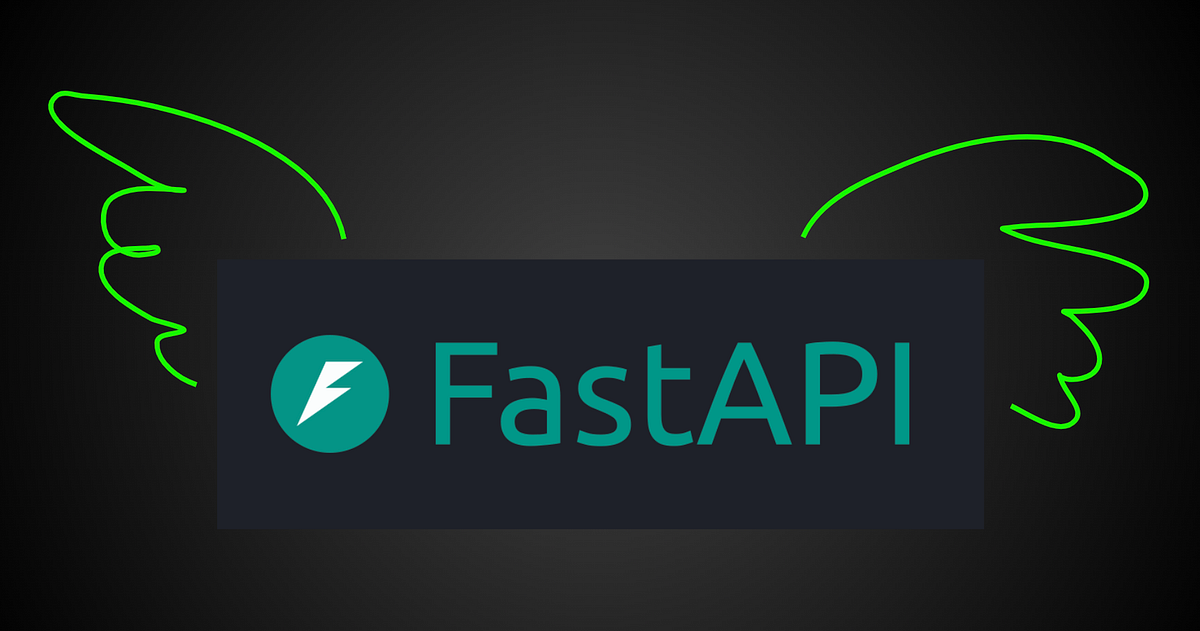Navigating the Differences: School FastAPI Code vs. Enterprise FastAPI Code
The content highlights the key differences between FastAPI code in a school project and an enterprise-level project.
In a school project, the FastAPI code is often contained within a single .py file, with a simple structure and limited functionality. On the other hand, enterprise-level FastAPI projects can have hundreds or even thousands of .py files, each serving a specific and integral purpose within the larger codebase.
The folder structure of a school project is typically straightforward, with a single app.py file, while enterprise projects often have a more complex and modular folder structure to accommodate the increased complexity and scale of the application.
The content highlights the stark contrast between the simplicity of school-level FastAPI projects and the intricate, multi-layered nature of enterprise-level FastAPI code, emphasizing the need for students to be prepared for the increased complexity they may encounter when transitioning to the professional world.
Customize Summary
Rewrite with AI
Generate Citations
Translate Source
To Another Language
Generate MindMap
from source content
Visit Source
zlliu.medium.com
School FastAPI Code VS Enterprise FastAPI Code
Key Insights Distilled From
by Liu Zuo Lin at zlliu.medium.com 04-05-2024
https://zlliu.medium.com/school-fastapi-code-vs-enterprise-fastapi-code-fedea97520d2
Deeper Inquiries
